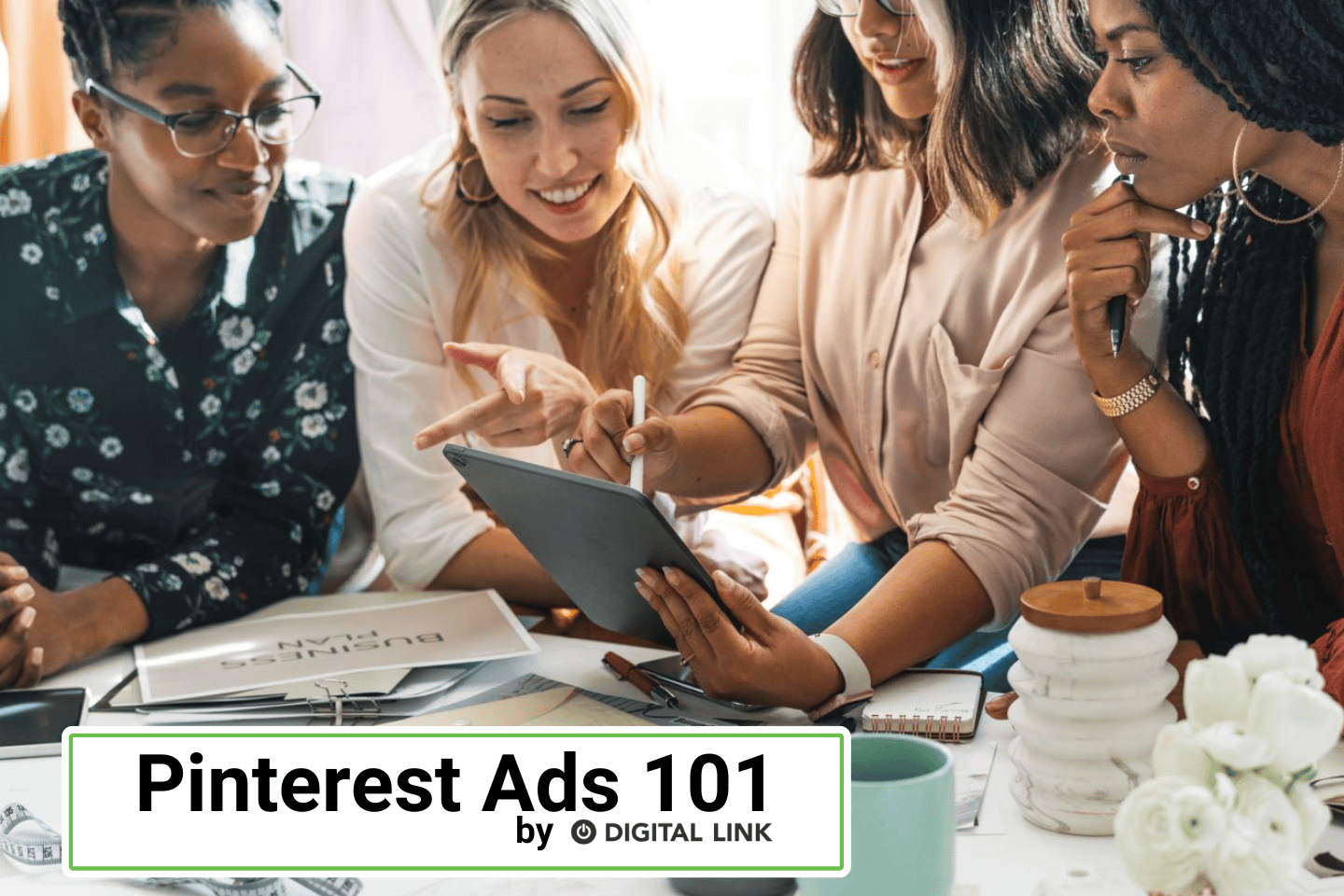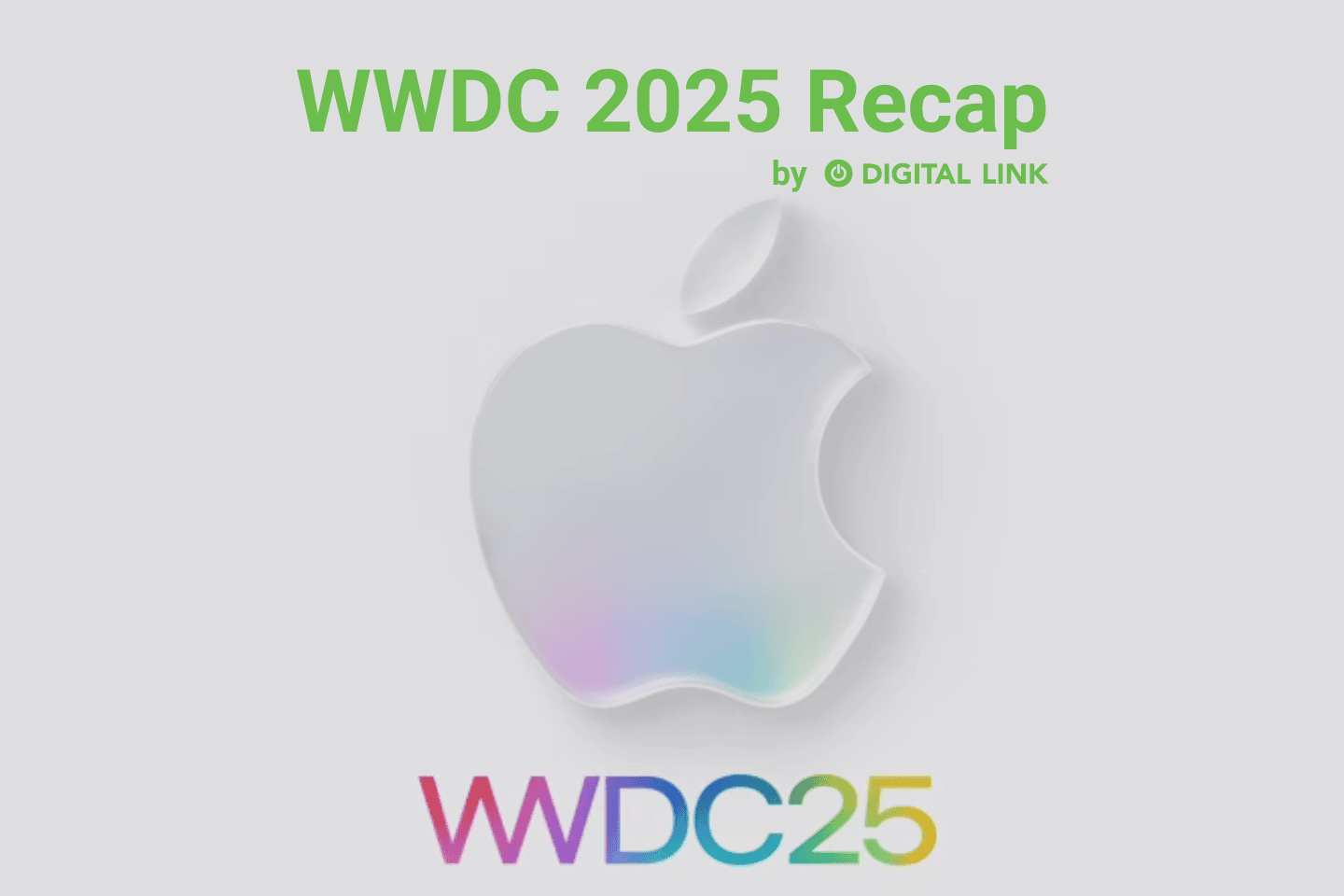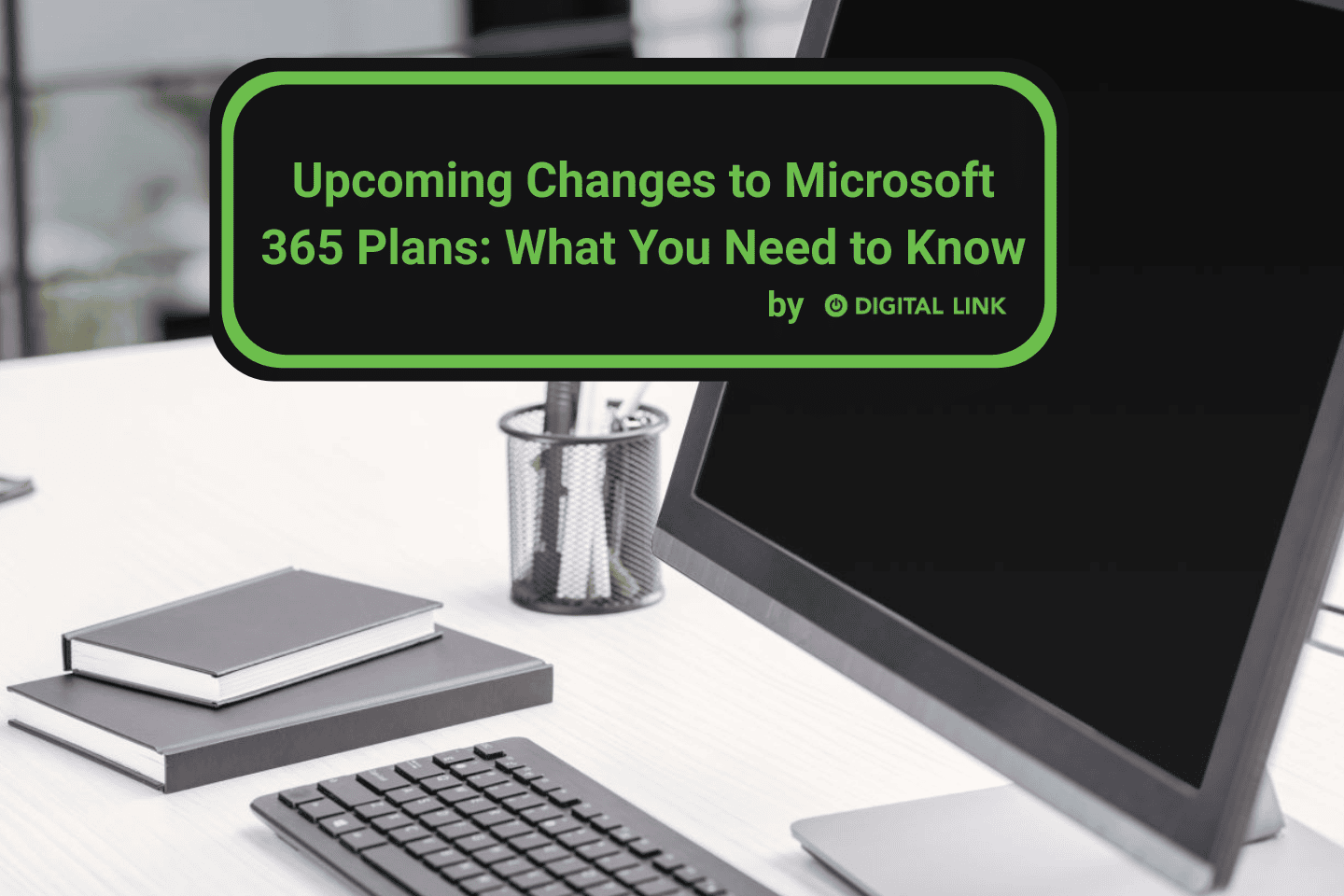
Pinterest has evolved into a powerful advertising platform, particularly for businesses seeking to target specific demographics with visually compelling content. Understanding Pinterest Ads and the platform’s unique audience is crucial to creating successful campaigns. Let’s explore how Pinterest Ads work, the platform’s core demographics, and the best practices for using Pinterest Ads effectively.
The Basics
Pinterest Ads are designed to help businesses increase visibility, drive traffic, and boost sales by promoting pins to a larger audience. These ads appear seamlessly in users’ home feeds, category feeds, and search results, mimicking organic content. Pinterest offers a variety of ad formats, including:
- Standard Pins: Static images that promote products or services.
- Video Pins: Engaging videos that autoplay in users’ feeds.
- Carousel Pins: Multi-image ads that allow for showcasing a range of products or features.
- Shopping Ads: Direct users to product pages for quick purchases.
- Idea Pins: Similar to stories, these multi-page formats allow for more interactive content.
With its emphasis on inspiration and planning, Pinterest is ideal for brands looking to reach users early in the decision-making process. Campaigns are managed through the Pinterest Ads Manager, where you can set objectives such as brand awareness, conversions, or traffic.
Demographics
Pinterest’s audience is one of its most distinctive features. The platform is known for its engaged and intent-driven users, making it a goldmine for marketers. Here’s a closer look at Pinterest’s key demographics:
Gender:
- Female-Dominated: Approximately 76% of Pinterest users are women, making it a top platform for reaching female consumers. Male users are steadily growing, now accounting for about 15% of the audience.
- Household Decision-Makers: Many Pinterest users make purchasing decisions for their families, which makes it particularly effective for targeting products like home goods, beauty, and fashion.
Age:
- The majority of users fall into the 18-49 age range, with significant engagement from millennials and Gen Z.
- Older demographics are also well-represented, especially for categories like DIY, health, and recipes.
Income and Education:
- Pinterest users tend to have above-average income levels, with 45% of users earning over $75,000 annually.
- A large portion of the audience has higher education degrees, making Pinterest an excellent platform for promoting premium products and services.
Interests and Behavior:
- Pinterest users are planners. Whether it’s planning a wedding, remodeling a home, or finding new recipes, they turn to Pinterest for inspiration.
- Categories like home decor, food and drink, DIY, fashion, and travel dominate the platform.
- Over 90% of users report using Pinterest to plan future purchases, highlighting the platform’s effectiveness in influencing buying decisions.
Use Cases for Pinterest Ads
Pinterest Ads shine in campaigns where visual appeal and creativity are paramount. Here are some scenarios where Pinterest Ads excel:
E-Commerce and Retail:
Promote seasonal collections, exclusive products, or sales.
Use Shopping Ads to drive direct conversions.
Content Marketing:
Share how-to guides, recipes, or DIY projects using Idea Pins or Video Pins.
Drive traffic to blog posts or resource pages by pinning engaging visuals.
Brand Awareness:
Showcase your brand’s aesthetic and values through visually stunning content.
Use Carousel Pins to tell your brand’s story across multiple frames.
Event Promotion:
Advertise workshops, webinars, or product launches.
Leverage users’ planning behavior by promoting events months in advance.
Seasonal Campaigns:
Create pins tailored to holidays, back-to-school, or other seasonal trends.
Tap into Pinterest’s trend data to align your ads with current user interests.
Best Practices for Pinterest Ads
- Focus on Visuals: Pinterest is a highly visual platform, so prioritize high-quality, eye-catching images or videos. Use bright colors, minimal text, and clear branding.
- Optimize for Keywords: Like search engines, Pinterest relies on keywords. Incorporate relevant keywords in your pin descriptions, titles, and boards to ensure your ads reach the right audience.
- Leverage Rich Pins: Rich Pins automatically sync metadata from your website, providing additional context and a seamless user experience.
- Target Strategically: Use Pinterest’s robust targeting options, including interests, keywords, demographics, and custom audiences. Combine targeting with trend data to maximize campaign relevance.
- Test and Analyze: Continuously experiment with ad formats, visuals, and copy. Use Pinterest Analytics to track performance metrics like impressions, clicks, and conversions.
Pinterest Ads offer a unique opportunity to connect with an engaged, intent-driven audience. By leveraging the platform’s visually rich environment and its strong user demographics, businesses can drive meaningful engagement and achieve their marketing goals. According to Pinterest’s internal data, 83% of weekly users make purchases based on the content they see from brands on the platform, demonstrating its impact in the buyer’s journey.
If it’s time to start your journey into Pinterest, contact us! We are the Pinterest Partner you need!
Liked this article?
We are adding more useful articles to our blog every week! Join our subscribers to stay up to date on digital security, marketing, and social media trends.
By entering your email, you agree to receive our monthly newsletter. You can unsubscribe at any time!


